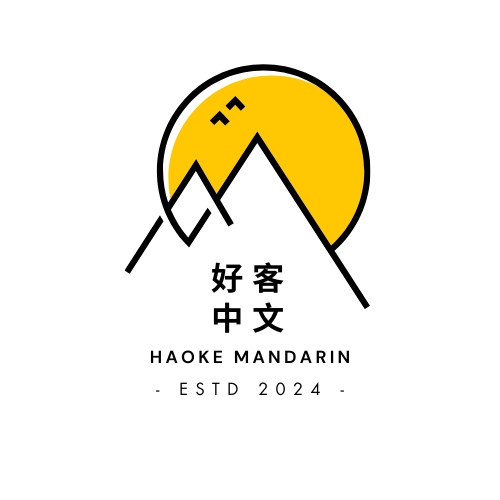
Sweetness and Ice amount in Bubble Tea Shop
Share
Origin and Cultural Significance
Bubble tea, also known as boba tea or 奶茶 (nǎichá), was invented in Taiwan in the 1980s. Its origins are tied to local tea culture, where creative tea innovations became trendy. The combination of chewy tapioca pearls and sweet milk tea quickly gained popularity, becoming a signature Taiwanese drink.
1. Sweetness Levels in Chinese
Bubble tea, known as “奶茶” (nǎichá), is incredibly popular among young people in China. Many have made it a habit to grab a cup of bubble tea after lunch. Its popularity stems from the wide variety of flavors available, ranging from chocolate to tropical fruit.
.At the same time, with an increasing focus on healthy living, many Chinese consumers have become mindful of their sugar intake. As a result, they often request customized sweetness levels in their bubble tea. These preferences are typically categorized as follows:
全糖 100% regular sugar
少糖 75% less sugar
半糖 50% half sugar
微糖 25% little sugar
無糖 0% sugar free
2.Ice Levels in Chinese
In bubble tea shops, customers can often customize the ice level to suit their preferences. The common ice levels are:
正常冰 100% regular ice
少冰 75% less ice
半冰 50% half ice
微冰 25% little ice
去冰 0% sugar free
Pro Tip:
If you order no ice, some shops may offer extra tea or milk to fill the cup — be sure to ask if this is available!
